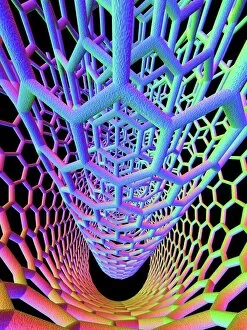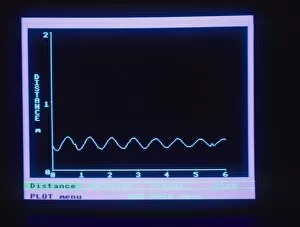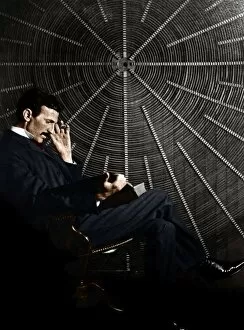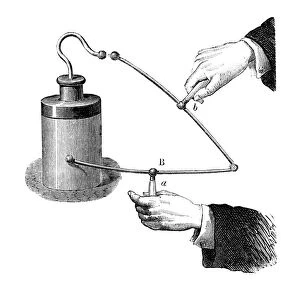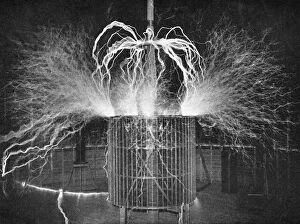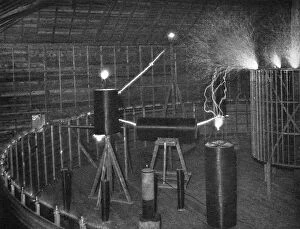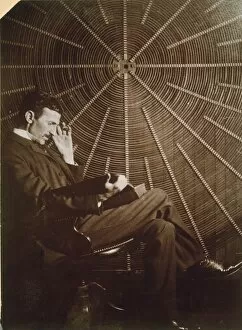Oscillator Collection
An oscillator, a device that generates repetitive signals, has been at the forefront of technological advancements for centuries
All Professionally Made to Order for Quick Shipping
An oscillator, a device that generates repetitive signals, has been at the forefront of technological advancements for centuries. From nanotube technology to physics experiments, oscillators have played a pivotal role in various fields. One notable example is the Eardley Biling Oscillator, which utilized neon tube technology to produce stable and precise oscillations. This groundbreaking invention revolutionized the field of electronics and paved the way for further developments. Another significant figure in oscillator history is Nikola Tesla. The Serbian-American inventor and electrical engineer made remarkable contributions to this field during his lifetime. A captivating photograph captures Tesla's brilliance as he works on an oscillator/antenna for high-temperature wireless sensors. The importance of oscillators extends beyond scientific research; they also find applications in everyday life. For instance, Leyden jars transfer their charge through an oscillator, demonstrating how electricity can be harnessed effectively. A glimpse into Tesla's laboratory circa 1900 reveals essential components of his electrical oscillator setup. These intricate devices were instrumental in conducting experiments that showcased the capabilities and effects of electrical oscillation. In fact, one such experiment aimed to illustrate the capacity of an oscillator while another sought to demonstrate a specific electrical effect. These endeavors shed light on the immense potential held by these devices and their impact on our understanding of electricity. As we delve deeper into this fascinating subject matter, Drs. P. Bao and Dr. 's book "Ferroelectric Films at Microwave Frequencies" promises valuable insights into oscillators' role within microwave technologies. Accompanied by captivating photos showcasing cutting-edge research equipment like ferroelectric films at work with microwave frequencies - it offers a comprehensive exploration into this ever-evolving field. From nanotube technology breakthroughs to physics experiments pushing boundaries, from historical photographs capturing inventors' ingenuity to modern-day research publications shedding light on new discoveries - oscillators continue shaping our world today as much as they did yesterday.

